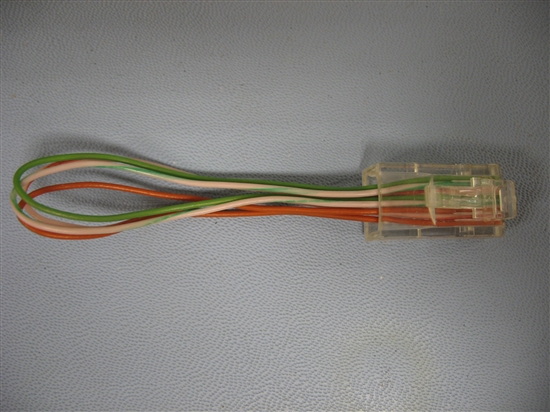I have a DP83849C interfaced with a C6745 RMII configuration. I am trying a test case to transmit a UDP message with no data 100BaseTX, full duplex. I can write/read the MDIO along with measuring the 50Mhz clock and I see the TX_EN_A along with the two data line toggling. I have tried with and without auto negotiate. The alive register on the C6745 reads 0xC0000000 so it sees phy addresses at 0x1E and 0x1F. The registers in the 8349 read as follows
3100, 7840, 2000, 5CA2, 01E1, 0000, 0004, 2001, 0000 14 times..., 0100, 0020, 0000, 001F, 0904, 0000, 0000, 6011
I do not see any data coming from the TPTDP/TPTDM lines. What am I missing? What do I need to receive a message?
Thanks, Gerry



